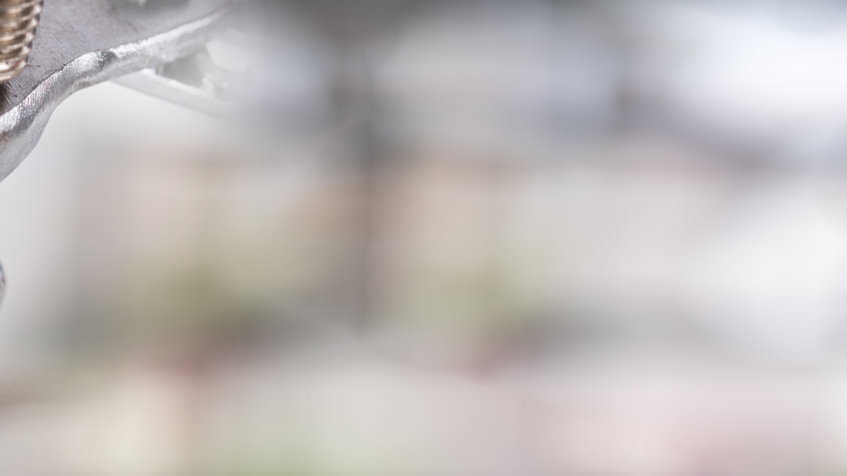Whether the kitchen tap isn’t delivering enough hot water or you’re considering a refurbishment, you’ll need to find out more information about your water pressure system.
Each house will have a different system, and this will determine the water pressure your taps and shower require.
Richard Broadbent, Managing Director of Sinks-Taps has put together a guide to help you through the process of identifying a low-pressure system and advising on which tap will work best in your home.
Traditional gravity fed systems
To find out if you have a traditional gravity fed system, you need to know what to look for. A gravity fed system will start with a cold-water feeder tank, normally located in the loft space and positioned on a wooden frame or platform to get it as high as possible.
If, or when, you discover the cold feeder tank is in the loft, it’s worth noting how high up it is. Take a measurement from the base of the loft floor to the bottom of the cold feeder tank, as you’ll need this measurement later, when you come to work out your pressure.
If you’re in an apartment or don’t have a loft space, the cold-water feeder tank may be located directly above your hot water tank.
Locating your hot water cylinder
A hot water cylinder is normally located in your airing cupboard, traditionally surrounded by spare bedding and towels!
It’s important to ensure when you inspect the hot water tank, there hasn’t been a pressure vessel added above the tank. If there is a small round tank sat above the main water tank, you may have a pressurised cylinder system. If this is the case, a low-pressure tap is not required.
Measuring the pressure
Once you have confirmed the location of the cold feeder tank and the hot water tank, you need to work out what pressure your kitchen tap is receiving.
In a standard modern property, you may find measurements similar to the following:
Measurement from the tap spout to the kitchen ceiling: 1.2m
Measurement from the floor to ceiling on the 1st floor: 2.4m
Distance from the loft floor to the bottom of the cold feeder tank: 1.0m
Total distance: 4.6 metres
Simply, if the vertical distance the hot water has to travel is 4.6m, your maximum pressure would be roughly 0.46 bar maximum pressure. All houses will vary, so you need to work out these measurements in your own home to find the maximum pressure.
However, other factors can also influence the pressure. The length of the pipe from the hot tank to the kitchen tap and any sharp bends in the pipe can reduce the final pressure experienced at the kitchen tap.
As there is no single answer to cover every possible scenario, our advice is to take 10 percent off your calculated Bar pressure. So, the measured 0.46 Bar will become around 0.41 Bar.
Finding the right tap
Now you have your Bar measurement, the next step is to look for a kitchen tap which has a minimum pressure of 0.4 Bar or less. It’s important to note the lower the pressure rating shown on a tap means the better flow of hot water you should achieve.
For example: you’ve calculated your hot water pressure at 0.4 Bar. In this case, a tap which shows a minimum of 0.2 Bar will work even better than a tap which states a minimum of 0.3 Bar or 0.4 Bar.
If you are unsure of your home’s Bar, a plumber will be able to advise you.
By Richard Broadbent, Managing Director, Sinks-Taps































